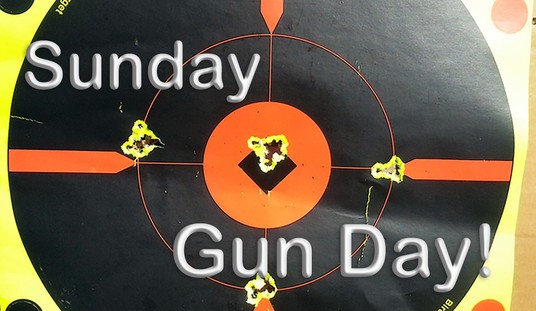Public opinion on gun rights and gun control has shifted over the past decade. In some ways, attitudes toward gun ownership and gun violence have been encouraging. But in other ways, it shows that those who support gun rights have more work to do to change hearts and minds on the issue – especially as the anti-gunner lobby continues to propagandize against the need for responsible gun ownership.
According to a recent NPR/PBS NewsHour/Marist poll, a majority of the American public supports stand-your-ground laws, which allow individuals who feel their life or safety is threatened in a public place to use force, even lethal, against the perceived threat. Approximately 60 percent of U.S. adults supported these laws, with more than 80 percent of Republicans and 57 percent of Independents agreeing, while only 40 percent of Democrats shared the same view.
However, the poll also revealed a shifting trend as 60 percent of Americans now prioritize controlling gun violence over defending gun rights, a significant change from 2013 when the public was evenly divided on the issue. The findings highlight the challenge of striking a balance between personal protection and public safety, especially as gun rights have become increasingly polarized along party lines.
The survey demonstrated a clear divide along party affiliations, with Democrats strongly favoring gun violence control by a ratio of nine-to-one, while two-thirds of Republicans prioritized protecting gun rights. Independents leaned toward controlling gun violence by a margin of 55 percent to 42 percent.
The study also showed that around 60 percent of respondents believed stricter gun laws were necessary in response to mass shootings, while over one-third stated that more people should carry guns to combat such incidents, a 10 percent increase from 2019. The poll exposed divisions among the public regarding policy solutions to gun violence, with different levels of support for measures such as assault weapon bans, mental health screenings for gun buyers, background checks, red-flag laws, and arming teachers in classrooms.
While the findings may appear contradictory at first glance, a closer examination reveals essential nuances that deserve further exploration.
One aspect that requires clarification is the interpretation of the term “controlling gun violence.” It is important to note that this does not necessarily equate to advocating for strict gun control measures. The wording of the question might have caused confusion among respondents, potentially leading to diverse interpretations. Therefore, it is essential to differentiate between supporting effective measures to reduce gun violence and advocating for broad restrictions on firearm ownership. However, other questions addressed gun control directly.
The survey’s results shed light on the tactics employed by the anti-gunner lobby, as the exploitation of mass shootings to garner support for stricter gun control laws appears to be effective. It means those who want more restrictions on gun ownership have been successful when they use these tragedies to gin up support for their cause. This finding highlights the need for a comprehensive dialogue that addresses the complex factors contributing to gun violence while respecting the rights of law-abiding citizens.
Moreover, the increase in the number of individuals who believe that more people should arm themselves in response to mass shootings indicates a growing sentiment among certain segments of the population. This is an encouraging sign as it suggests that more Americans understand that they are their own first line of defense in dangerous situations.
Encouragingly, the survey demonstrates that a significant majority, nearly 60 percent of respondents, support laws that enable individuals to defend themselves. This stands in contrast to the prevailing narrative pushed by some on the left, which argues for relying almost solely on government protection instead of embracing personal gun ownership. The fact that a substantial portion of the population rejects this narrative underscores the enduring value placed on self-reliance and the belief in individual freedoms. It also explains why there has been such a significant rise in gun sales over the past few years.
However, the poll also highlights the need for proponents of gun rights to do more to educate the public on the gun issue. Specifically, the finding that 27 percent of respondents believe that banning AR-15s and AK-47s would significantly reduce gun violence shows that most are ignorant of this matter. The truth is that rifles are involved in only a small fraction of gun-related crimes, accounting for approximately 3 percent of incidents. By addressing misperceptions and providing accurate data, supporters of gun rights can foster a more informed public discourse.
While it might seem discouraging that a majority of Americans still support strict gun control, it is worth noting that a Gallup poll published in November showed that the percentage of these individuals is declining. There is still much work to be done, but it seems clear that the tide is turning in this debate, which means even more people will reject the idea that they should rely on the state to protect their lives and property.













